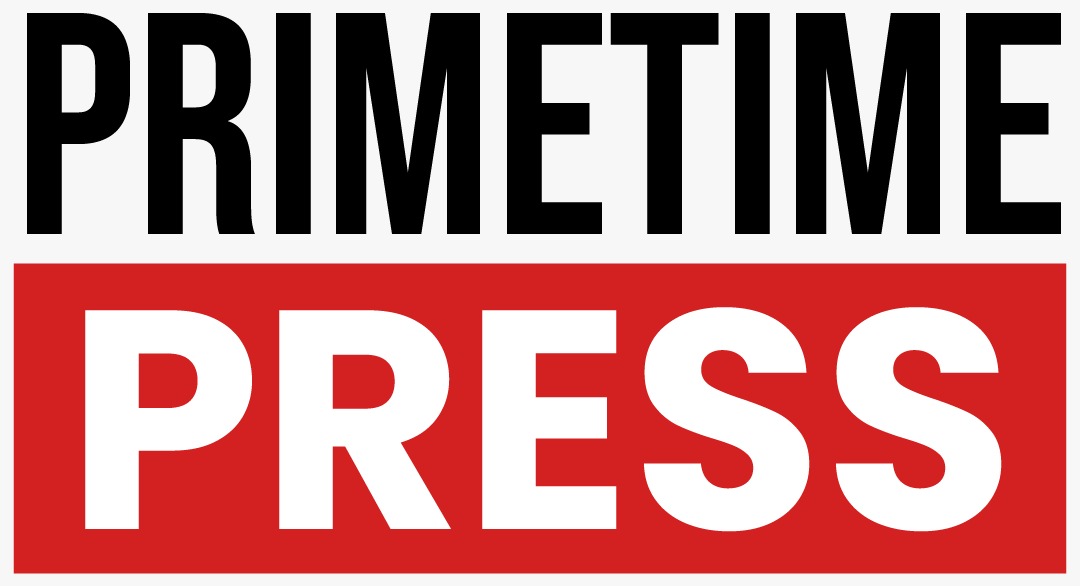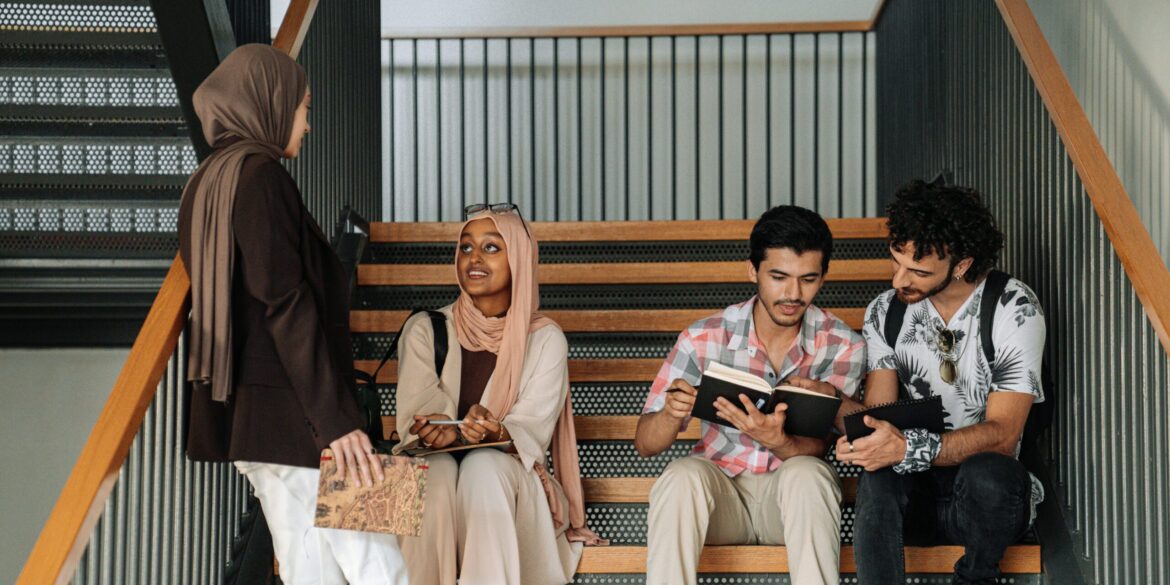NASA has taken a bold new step in its educational outreach by enabling students from Big Pine Key, Florida, and Utah to submit prerecorded questions that will be answered live aboard the International Space Station (ISS) by astronauts Nicole Ayers and Takuya Onishi. The event, held on July 14, 2025 at 10:05 a.m. EDT, was broadcast on NASA STEM’s YouTube channel and marked a significant milestone in NASA’s efforts to engage youth audiences in science, technology, engineering, and math (STEM).
Hosted by the Seacamp Association of Big Pine Key, the event brought together students from Monroe County, Florida, and national and international campers aged 10 to 17. Through immersive ocean science lessons and STEM-focused activities, SeaCamp has aimed to inspire young learners—and the ISS Q&A added a spacefaring dimension to their curriculum . In Utah, students participating in local STEM programs also contributed prerecorded questions, reflecting NASA’s broader strategy of including diverse geographic and demographic communities in space education initiatives.
As part of NASA’s Commercial Crew Program, the active Crew‑10 mission aboard the ISS includes NASA astronaut Nichole Ayers (making her first flight), NASA’s Anne McClain (mission commander), JAXA’s Takuya Onishi, and Roscosmos’ Kirill Peskov . Since launching on March 14, 2025, and docking on March 16, Crew‑10 has set the stage for STEM-related highlights such as this student outreach event .
NASA has integrated educational programming throughout the Crew‑10 mission. Earlier this year, in May 2025, Ayers and Onishi participated in a 20‑minute live Q&A with students from STEM academies in Mansfield, Texas, sharing first‑hand insights into astronaut life and station research. The Big Pine Key and Utah event strengthens this pattern of remote student‑astronaut interactions, allowing young people to ask meaningful questions about living and working in microgravity, conducting experiments, and training for future missions.
NASA’s strategy behind these activities is clear: by combining formal STEM programming, such as SeaCamp and Mansfield STEM Academies, with direct astronaut engagement, the agency hopes to ignite curiosity and inspire the next generation of scientists and engineers. Such initiatives harness the unique storytelling power of space missions—and underscore NASA’s commitment to making its missions accessible and relevant to young audiences everywhere.
The questions posed by the students covered a wide range of topics—from the daily routines and favorite tasks aboard the station to how science conducted in orbit can impact life on Earth. For many students, it was a rare opportunity to connect with real astronauts and hear about challenges like microgravity, and the adaptability needed to thrive in space. NASA STEM’s YouTube broadcast ensured broader accessibility, enabling peers and educators nationwide to tune in and learn alongside participants.
Educational experts highlight how hands‑on outreach like this aligns with NASA’s Artemis program goals—encouraging interest in lunar and Mars exploration payloads, robotics, human factors, and systems engineering. Ayers and Onishi’s participation reflects the international footprint of ISS missions, reinforcing a global vision in which students from across the U.S., Japan, and beyond engage collaboratively with space exploration technologies and careers.
This outreach effort builds on a lineage of NASA educational programs—such as Sally Ride EarthKAM, which since the 1990s has allowed students to direct cameras aboard spacecraft to capture Earth images. Unlike EarthKAM’s project‑based format, the current Q&A style enables real‑time intellectual exchange and personal contact between students and astronauts.
In a broader context, NASA’s Crew‑10 mission is emblematic of public‑private partnerships shaping modern space operations. Following the prolonged stay of Crew‑9 astronauts due to Boeing Starliner delays, Crew‑10 facilitated their safe return while carrying forward multiple research experiments and educational objectives . Integrating educational events into the mission timeline further emphasizes how NASA maximizes mission value across scientific, operational, and outreach dimensions.
As NASA continues toward lunar and Martian exploration under Artemis, initiatives like the ISS student Q&A are more than feel‑good moments—they’re strategic investments in a future STEM workforce. By inviting questions today, NASA fosters the curiosity that will power tomorrow’s innovations.

